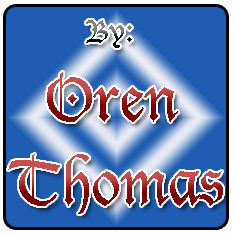Respiratory System
The resperitory system is a group of organs that work together to bring air into the body to be used in blood. There are ten organs in this system:

Image from "www.emptynosesyndrome.org/respiratory2.html"
Nasal cavity
The nasal cavity is the beginning of the respiratory system. Air enters the nasal cavity through two anterior nares, also known as nostrils. Air exits the nasal cavity via two posterior nares. The nasal cavity moistens and warms the air that flows through it.
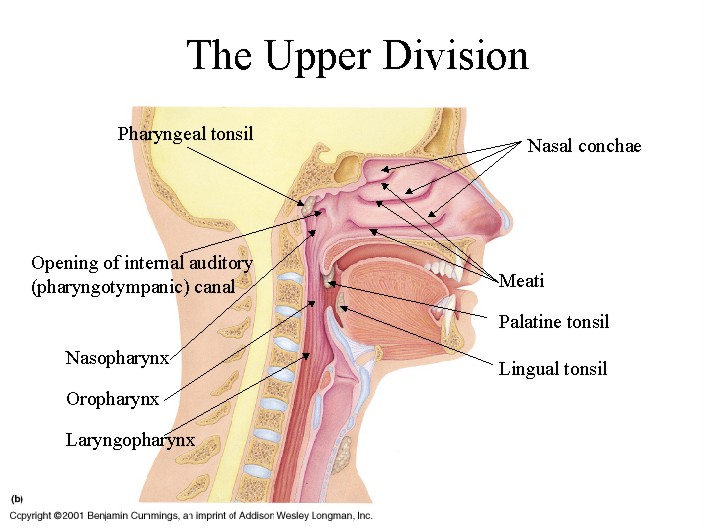
Image from "http://webanatomy.net/histology/respiratory/respiratory_index.htm"
^ Back to Top ^
Oral cavity (mouth)
The mouth is an opening in the body where air and food can enter.
Pharynx
The pharynx is a tube that leads from the nasal and oral cavities to the larynx. It is about four or five inches long. Additionally, the pharynx connects to the ears. However, one canít breathe through the ears even though they are connected to the pharynx.
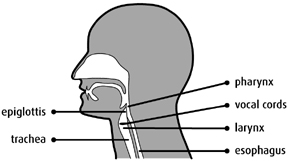
Image from "http://www.greenfacts.org/glossary/jkl/larynx-laryngeal.htm"
^ Back to Top ^
Larynx
The larynx extends from the pharynx to the trachea. The larynx contains vocal chords, small chords that vibrate to make noise. It is sealed off from the mouth by the epiglottis so food doesnít go down it. If food goes down oneís trachea, it causes one to choke. This means that the person cannot breathe or make noise.
Trachea
The trachea is a tube that connects the larynx and the bronchial tree. It is located in the throat in front of the esophagus.
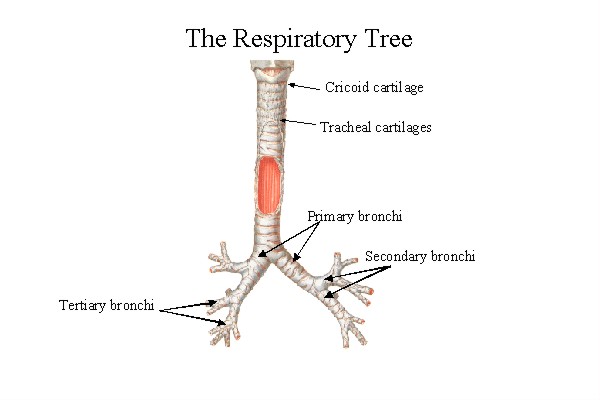
Image from "http://webanatomy.net/histology/respiratory/respiratory_index.htm"
^ Back to Top ^
Bronchi
The bronchi, or bronchial tree, is a set of branching tubes. The bronchial tree stars at the trachea as one tube then splits into two, which continue to split into smaller tubes called bronchioles, which go into the lungs.
Cilia
Cilia are small hairs lining the nose and air tubes. In the air passages, they sweep back and forth, cleaning the air. However, some things can ham cilia and prevent them from doing their job, like smoking.
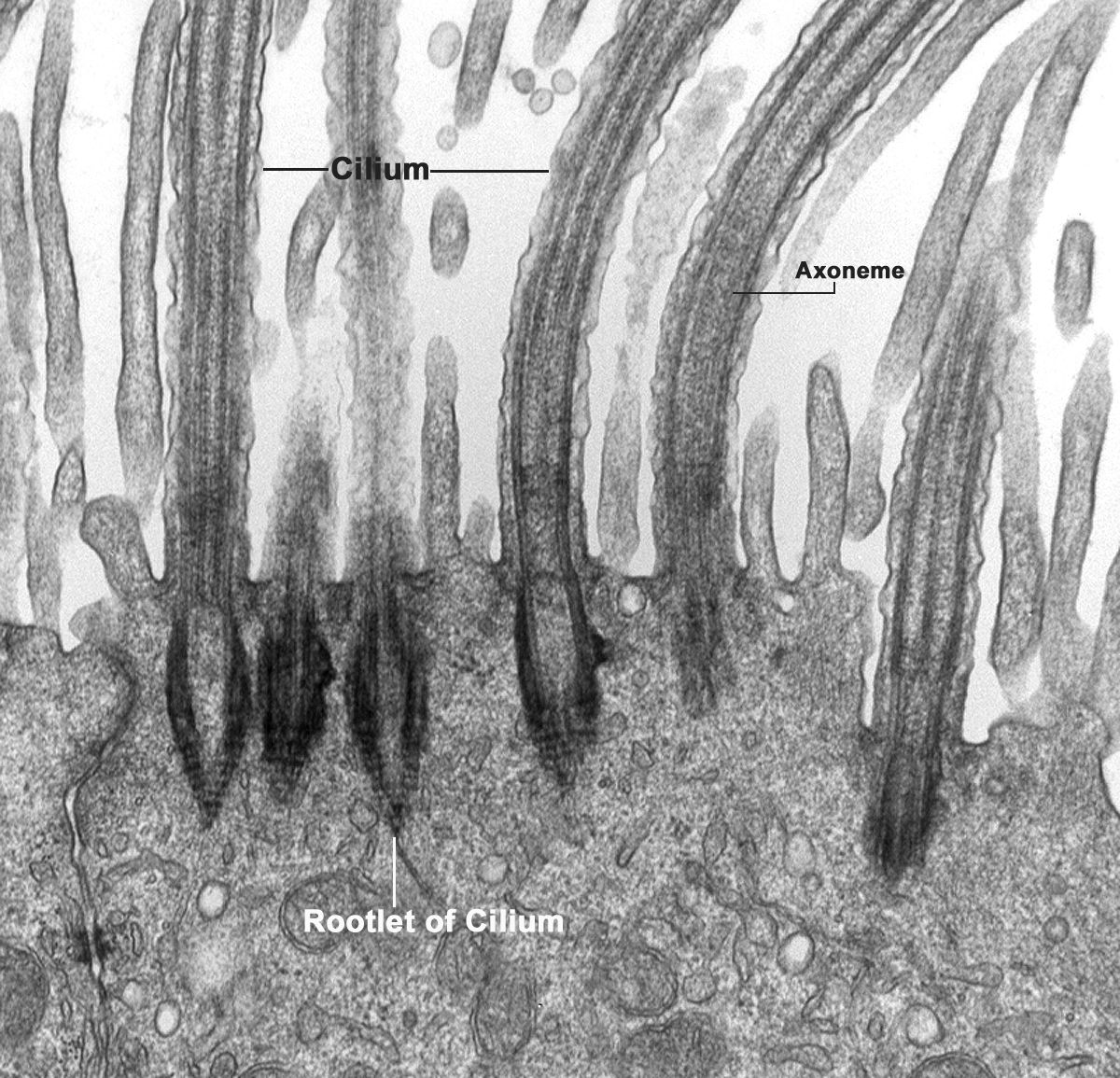
Image from "http://www.med.upenn.edu/bmcrc/morph/gallery.shtml?Fig-2-cilia"
^ Back to Top ^
Alveoli
At the end of each bronchiole, there is a small sac. These sacs are called alveoli. Their function is to take oxygen and get it into the bloodstream via capillaries. Alveoli are also known as "air sacs."

Image from "Human 3D"
^ Back to Top ^
Capillaries
Capillaries are meshes of tiny blood vessels that are all over the body. In the lung, they surround the alveoli and have a specific function. This function is to replenish the oxygen in the bloodstream.
Lungs
The lungs are an organ that contains all of the other organs from after the first split in the bronchial tubes down. They also provide surface area for the diaphragm to push and pull, squeezing air in and pushing it out.

Image from "www.answers.com/topic/lung"
^ Back to Top ^
